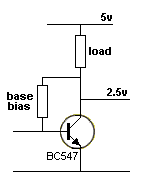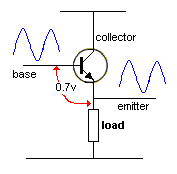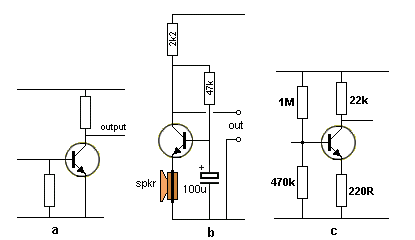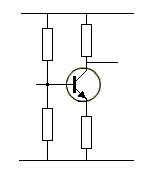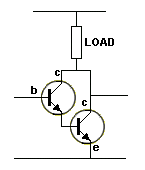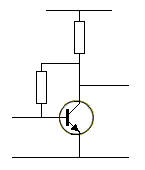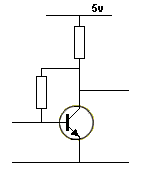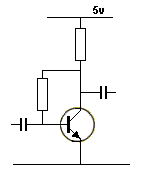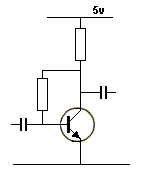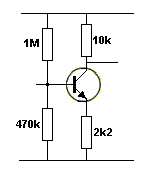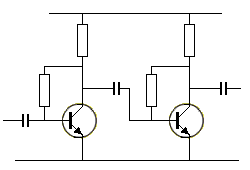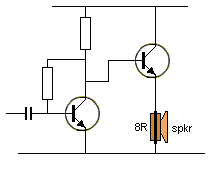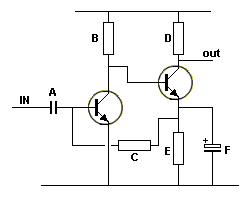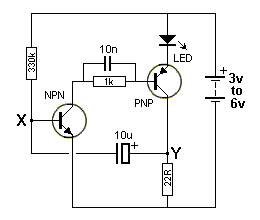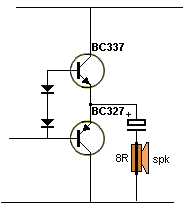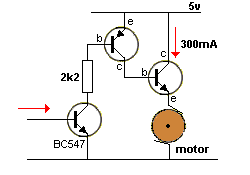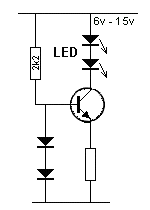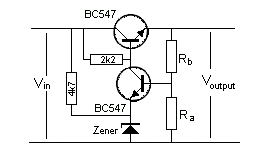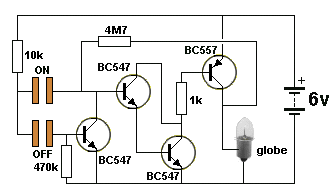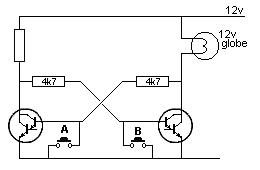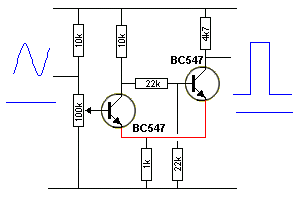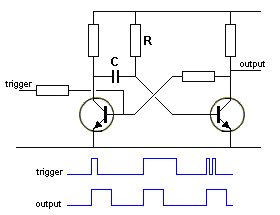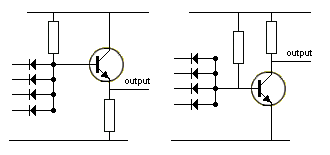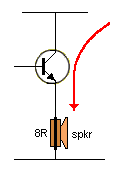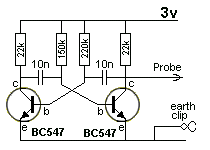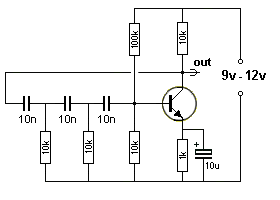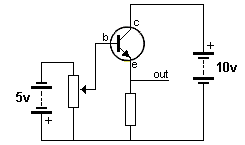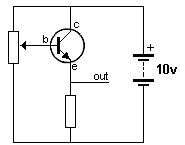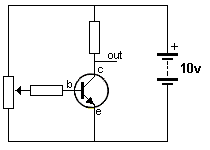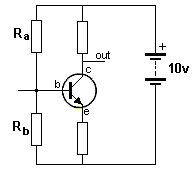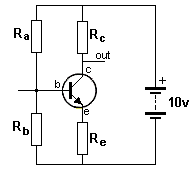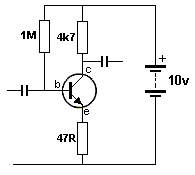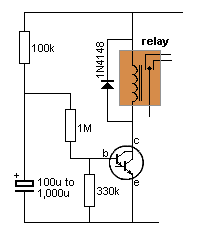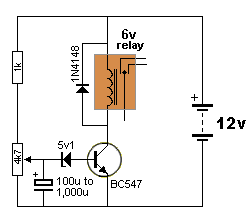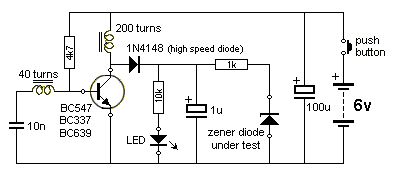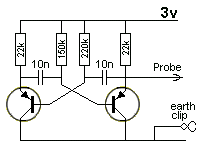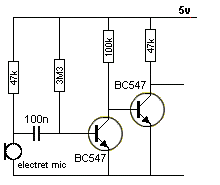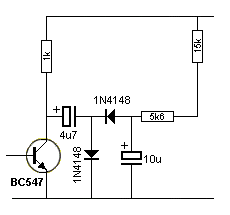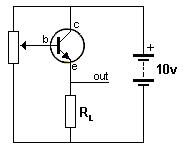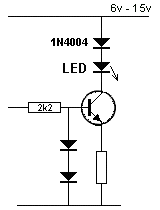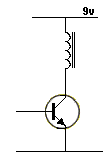<style type="text/css">
#hintbox {
/*CSS for pop up hint box */
position: absolute;
top: 0;
background-color: lightyellow;
width: 45px; /*Default width of hint.*/
padding: 3px;
border: 1px solid black;
font: normal 14px Aerial;
line-height: 18px;
z-index: 10;
border-right: 3px solid black;
border-bottom: 3px solid black;
visibility: hidden;
}
.hintanchor {
/*CSS for link that shows hint onmouseover*/
font-weight: bold;
font: normal 14px Aerial;
color: navy;
margin: 3px 8px;
}
</style>
<script type="text/javascript">
var horizontal_offset = '-90px' //horizontal offset of hint box from anchor link
/////No further editting needed
var vertical_offset = '40px' //horizontal offset of hint box from anchor link. No need to change.
var ie = document.all
var ns6 = document.getElementById && !document.all
function getposOffset(what, offsettype) {
var totaloffset = offsettype == 'left' ? what.offsetLeft : what.offsetTop
var parentEl = what.offsetParent
while (parentEl != null) {
totaloffset =
offsettype == 'left'
? totaloffset + parentEl.offsetLeft
: totaloffset + parentEl.offsetTop
parentEl = parentEl.offsetParent
}
return totaloffset
}
function iecompattest() {
return document.compatMode && document.compatMode != 'BackCompat'
? document.documentElement
: document.body
}
function clearbrowseredge(obj, whichedge) {
var edgeoffset =
whichedge == 'rightedge'
? parseInt(horizontal_offset) * -1
: parseInt(vertical_offset) * -1
if (whichedge == 'rightedge') {
var windowedge =
ie && !window.opera
? iecompattest().scrollLeft + iecompattest().clientWidth - 30
: window.pageXOffset + window.innerWidth - 40
dropmenuobj.contentmeasure = dropmenuobj.offsetWidth
if (windowedge - dropmenuobj.x < dropmenuobj.contentmeasure)
edgeoffset =
dropmenuobj.contentmeasure +
obj.offsetWidth +
parseInt(horizontal_offset)
} else {
var windowedge =
ie && !window.opera
? iecompattest().scrollTop + iecompattest().clientHeight - 15
: window.pageYOffset + window.innerHeight - 18
dropmenuobj.contentmeasure = dropmenuobj.offsetHeight
if (windowedge - dropmenuobj.y < dropmenuobj.contentmeasure)
edgeoffset = dropmenuobj.contentmeasure - obj.offsetHeight
}
return edgeoffset
}
function showhint(menucontents, obj, e, tipwidth) {
if ((ie || ns6) && document.getElementById('hintbox')) {
dropmenuobj = document.getElementById('hintbox')
dropmenuobj.innerHTML = menucontents
dropmenuobj.style.left = dropmenuobj.style.top = -500
if (tipwidth != '') {
dropmenuobj.widthobj = dropmenuobj.style
dropmenuobj.widthobj.width = tipwidth
}
dropmenuobj.x = getposOffset(obj, 'left')
dropmenuobj.y = getposOffset(obj, 'top')
dropmenuobj.style.left =
dropmenuobj.x -
clearbrowseredge(obj, 'rightedge') +
obj.offsetWidth +
'px'
dropmenuobj.style.top =
dropmenuobj.y - clearbrowseredge(obj, 'bottomedge') + 'px'
dropmenuobj.style.visibility = 'visible'
obj.onmouseout = hidetip
}
}
function hidetip(e) {
dropmenuobj.style.visibility = 'hidden'
dropmenuobj.style.left = '-500px'
}
function createhintbox() {
var divblock = document.createElement('div')
divblock.setAttribute('id', 'hintbox')
document.body.appendChild(divblock)
}
if (window.addEventListener)
window.addEventListener('load', createhintbox, false)
else if (window.attachEvent) window.attachEvent('onload', createhintbox)
else if (document.getElementById) window.onload = createhintbox
</script>
Read Page 1 and Page 2 of The Transistor Amplifier before answering these TEST questions:
<!-- // TODO FIXME: add quizdown here -->
Question 1: What is the name of this stage: (circuit)
Question 2: What is the name of this stage: (circuit)
Question 3: Identify the common-base stage:
Question 4: What is the full name give to this type of stage:
Question 5: What is the name of this stage:
Question 6: When the signal is rising on the input of this stage, what happens to the output signal:
Question 7: To achieve the highest amplification with the least distortion, what is the approximate voltage on the collector, in quiescent mode (rest mode):
Question 8: Describe this stage fully:
Question 9:What is the approximate voltage-gain you will get from this stage:
Question 10: What is the approximate voltage-gain you will get from this stage:
Question 11: Describe this circuit:
Question 12: Describe this circuit:
Question 13: Identify the feedback component . Does the component provide Positive Feedback or Negative Feedback?
Question 14: Identify the feedback component. Does the component provide Positive Feedback or Negative Feedback?
Question 15: What is the name of this circuit:
Question 16: If the motor takes 300mA, what is the input current: 10mA or 1mA or 0.1mA
Question 17: Name this circuit:
Question 18: Name this circuit:
Question 19: Identify the feedback component in this TOUCH SWITCH circuit. Does it provide Positive Feedback or Negative Feedback?
Question 20: Which switch will turn on the 12v globe:
Question 21: Identify this circuit:
Question 22: Identify this circuit:
Question 23: Identify these two circuits:
Question 24: Is the transistor SINKING or SOURCING the current:
Question 25: Name this circuit:
Question 26: Name this circuit:
Question 27: Describe the output voltage when the input voltage changes from 0v to -5volts:
Question 27a: Describe the output voltage when the input voltage changes from 0v to 10volts:
Question 28: What is the voltage on the base of stages (A) (B) and (C):
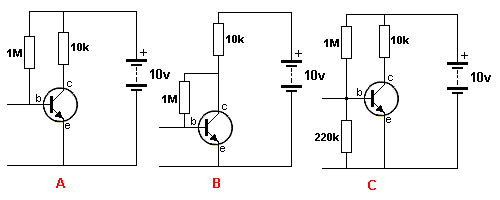
[Mouseover for answer](#)
Question 29: Describe the output voltage as the voltage from the pot is increased:
Question 30: If Rb is removed, the transistor is (a) saturated, (b) non-conducting (c) cut-off:
Question 31: Name the negative feedback component:
Question 32: What is the purpose of the 47R resistor:
Question 33: Name this type of circuit:
Question 34: What is the purpose of the zener diode:
Question 35: Name this type of circuit:
Question 36: If the transistor zeners at 45v, what is the maximum voltage across the 1u electrolytic in Q35:
Question 37: Name this circuit:
Question 38: Does this circuit produce a clean audio output or an “over-driven” digital output:
Question 39: When the transistor receives an AC signal, does the 10u charge or discharge:
Question 40: Does the transistor pull in two directions:
Question 41: Does the 1N4004 diode remove any spikes from the supply?
Question 42: When the transistor turns off, the voltage on the lower end of the inductor will be:
(a) 9v (b) 7v (c) 0v (d) greater than 9v.
Quick Links
Legal Stuff
Social Media


